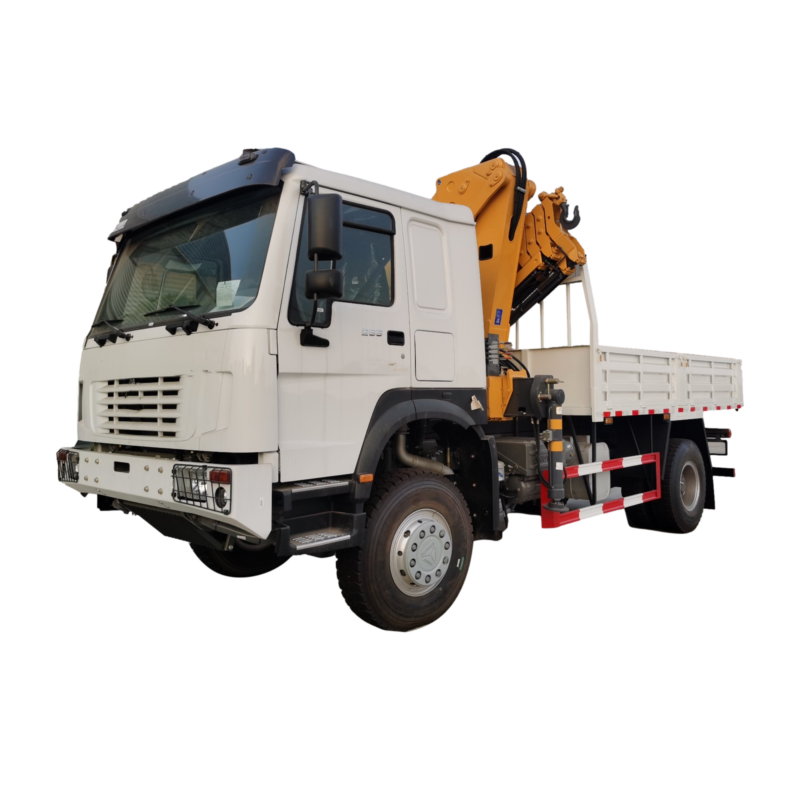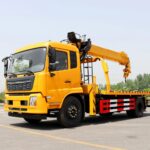Tow trucks, also known as road tow trucks, recovery vehicles, or baabuur burburays, are essential for lifting, towing, and hoisting vehicles. They are primarily used to clear accident scenes, remove illegally parked cars, and assist in emergency rescue operations. With the rise in vehicle numbers and traffic accidents, the demand for baabuur jiidids has grown significantly. Here’s an overview of how different types of baabuur jiidids operate.
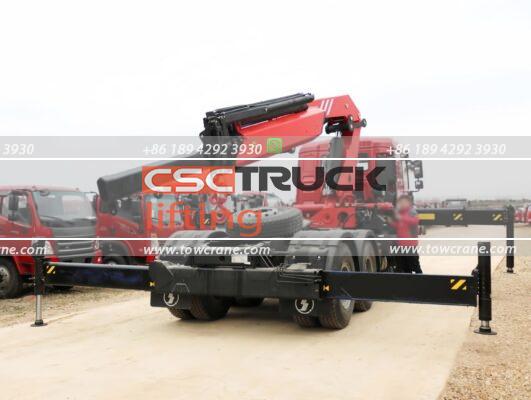
Tow trucks generally fall into three categories: integrated tow trucks, separated tow and lift tow trucks, iyo flatbed tow trucks. Each type has its specific design and operational principles.
Integrated Tow Truck Operation:
Integrated tow trucks, such as the Dayun Aopuli model, are widely used due to their versatility. Here’s how they work:
- Positioning the Arm: The hydraulic cylinders of the boom and arm mechanisms position the arm at the necessary angle to access the vehicle.
- Lifting the Vehicle: The winch and hydraulic cylinders in the boom mechanism lower the hook to the vehicle’s towing point.
- Securing the Vehicle: The hook lifts the front end of the accident vehicle onto the arm. The arm is then adjusted, and the vehicle’s front wheels are secured with fastening devices.
- Transporting the Vehicle: With the vehicle secured, it is transported to the desired location.
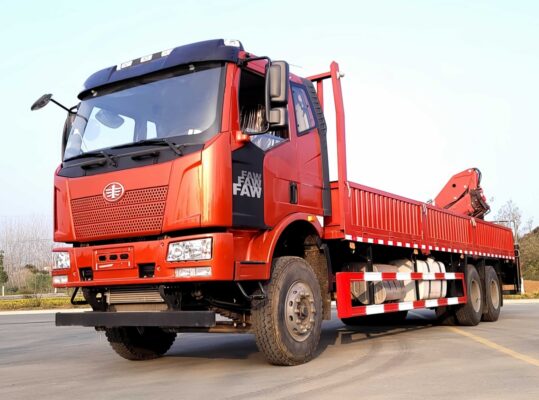
Separated Tow and Lift Tow Truck Operation:
This type of baabuur jiidid allows for independent operation of the lifting and towing functions, providing greater flexibility. Here’s the process:
- Lifting: The lifting mechanism raises the vehicle’s front end using hydraulic cylinders.
- Securing: The rear end of the vehicle is left on the ground, or alternatively, another mechanism can be used to lift and secure it if needed.
- Towing: Once secured, the vehicle can be towed to the destination.
Flatbed Tow Truck Operation:
Baabuur jiid fidsans are renowned for their efficiency and ability to transport vehicles without damage. Their operation involves several steps:
- Lifting Mechanism: Hydraulic cylinders raise the subframe of the flatbed to the required angle.
- Sliding Mechanism: The sliding mechanism extends the flatbed to reach the ground, forming a ramp.
- Winch Operation: The winch hook is attached to the front of the damaged vehicle, pulling it onto the flatbed.
- Retracting the Flatbed: The sliding mechanism retracts, and the flatbed returns to its initial position.
- Securing the Vehicle:The vehicle’s wheels are secured with specialized tools. If a second vehicle needs to be towed, the front part of the arm mechanism is placed under the front wheels, and the arm is used to secure the vehicle’s front wheels.
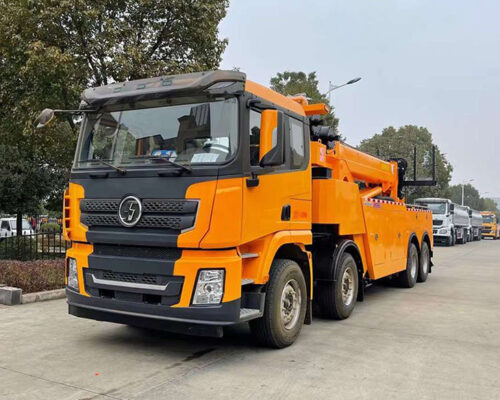
Each type of baabuur jiidid has its specific applications and advantages, ensuring efficient vehicle recovery and emergency response. Understanding their working principles helps in operating them effectively and ensuring safe and reliable service.

